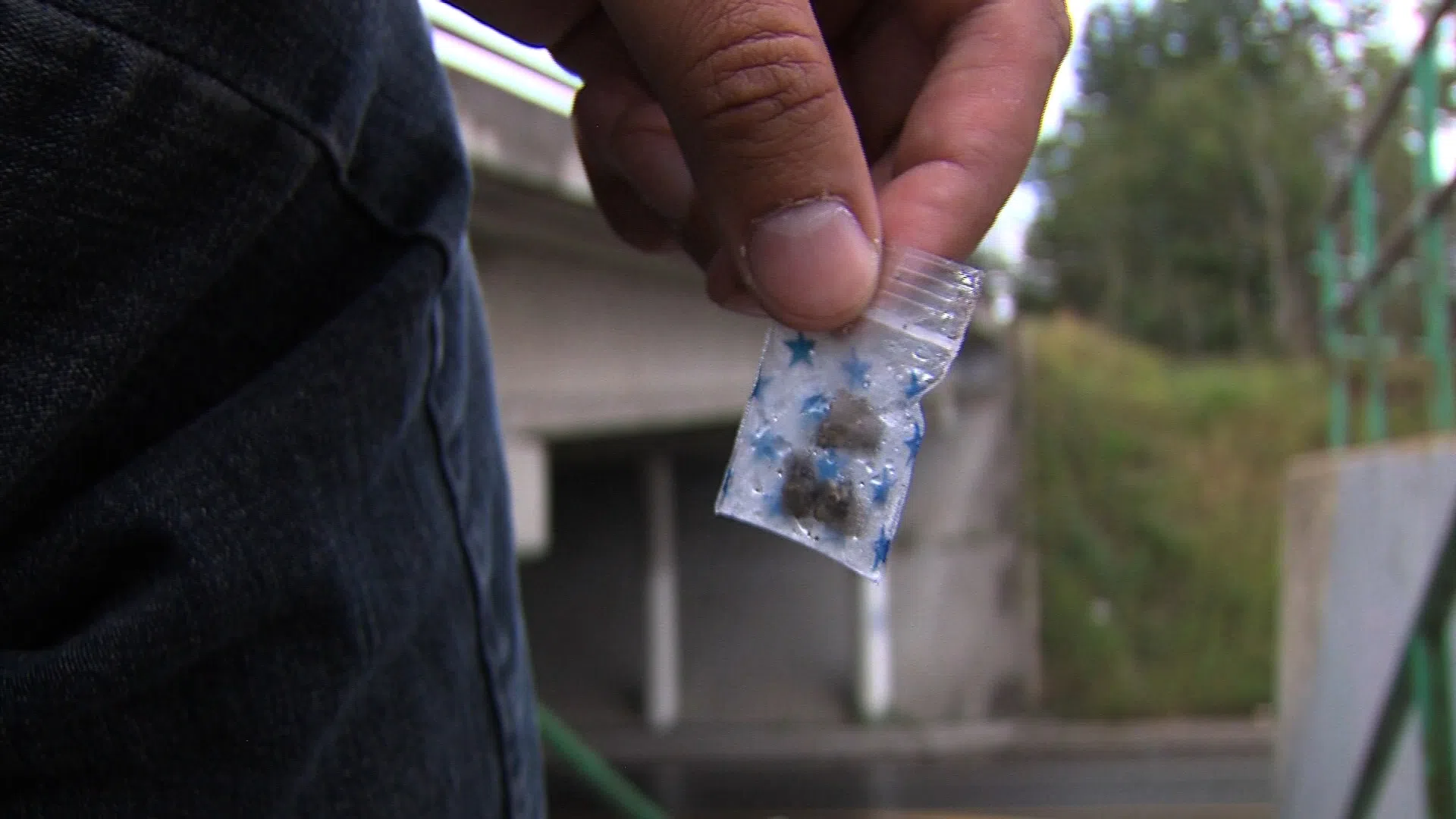
Second highest number of opioid deaths in B.C.: Northern Health
PRINCE GEORGE – The BC Coroner Service says more people died of illicit drug overdoses last year, despite significant efforts to combat the crisis. The provincial coroner said Thursday that illicit overdose deaths increased to 1,489, just over the 2017 death total.
Chief coroner Lisa Lapointe says the illicit drug supply is unpredictable and the opioid fentanyl is implicated in 86 per cent of the overdose deaths.
“As this emergency continues, we need options to provide people at risk of overdose with low-barrier access to a regulated supply of opioids, and we need to connect people who use drugs with the supports they need rather than sending them to the criminal justice system,” said Dr. Bonnie Henry, provincial health officer. “If we’re going to turn the corner on this complex crisis, we need to find the ways to provide safer alternatives to the unregulated and highly-toxic drug supply and to end the stigma associated with criminalization of people who use drugs.”
Dr. Evan Wood, executive director with the BC Centre on Substance Use, says that the crisis isn’t slowing down and there’s an urgent need to end the harms caused by prohibition.
